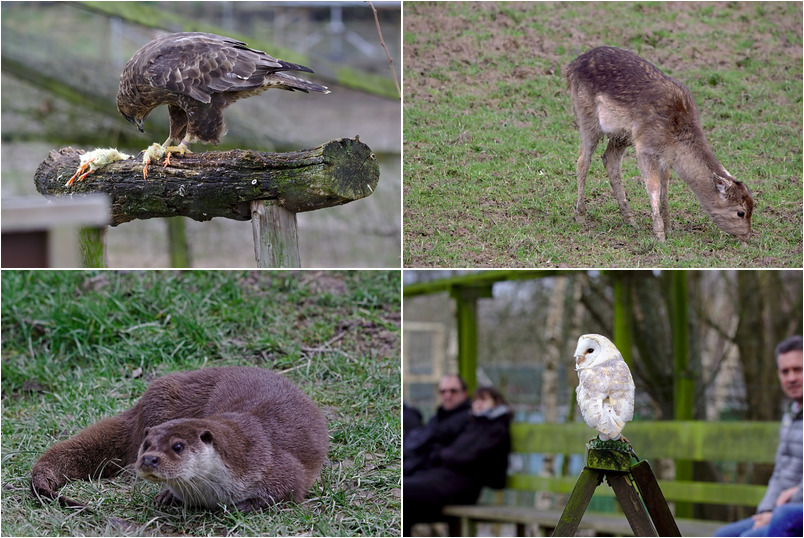AstroPhotography Gallery
By clicking on thumbnails you can open a slideshow for the corresponding album, with shot details and link to full resolution version and technical details page on Astrobin.
You can also visit my Astrobin profile page.
Best of
Selection of the images I think are my best captures
Elephant Trunk nebula (IC 1396A)
This time I tried with my new StellaLyra 200mm, which combined with the ASI183MM camera offers a much higher resolution.
Processed in HOO palette blended with SII data, using pseudo luminance.
Shot in several session between April and August 2025.
IC 405 - Flaming Star
I managed to get enough OIII data to somewhat highlight the areas that would be part of the reflection nebula (and even then, the OIII data is stretched to the limit).
Shot between the 3rd and the 9th of January 2025.
Palette: HSS, with OIII added in a second stage with a blue-ish tint.
Rosette nebula (SHO Version)
Horsehead Nebula
This is from Dec 2022, 7 hours total exposure in narrowband (SHO + a colourised HSO to emulate natural colours).
Aurora Borealis in Surrey
I used the "revisions" mechanism to upload 3 different frames, but please check out the full timelapse as well.
Jupiter, first of 2024
Bit of a rushed shot, but quite happy about the results, given the planet wasn't too high yet, and seeing was terrible (as usual)
Jupiter, 2022-11-04
Partial Solar Eclipse
IC 1396 - Elephant Trunk Nebula
Shot over three nights in August, September and October, with almost 19 hours of acquisition.
First light for both my new ASI2600MM and Chroma narrowband filters.
This new 2024 version, aside from using new modern tools such as BlurXterminator and NoiseXterminator, makes use of a different technique illustrated by Adam Block.
The image was first rendered with an HOO palette, then SII data was added back with a yellow tint.
I really like this new output, the colours are quite rich and well balanced, especially compared to the older HOO and SHO versions.
The other (older) versions were processed using three different palettes: SHO (classic "Hubble palette", with more contrast), HOO (using only oxygen and hydrogen filters, more realistic colours), and HOS (middleground between the two).
Jupiter animation (rotation and Europa eclipse)
Seeing was fairly bad, but that's quite standard around here.
I also changed the camera to the ASI183MM Pro, cooled down to -15 degrees to try and minimize noise.
You can also see an eclipse of the moon Europa: at the beginning of the animation it disappears behind the Gas Giant, suddenly reappearing at the end of the video after leaving the planet shadow.
A better version of both videos can be found in my website: gulinux.net
M42 - first narrowband attempt
This started mostly just as a test session, since the first part of the night was cursed with passing clouds right in front of my target. I also had some problems with the autofocuser (that just stopped working at some point), and balancing issues.
All things considered, not too bad...
I processed the image in both HOO palette (more natural looking) and SHO.
California Nebula
Conditions weren't exactly ideal: light pollution, obviously, then clouds rolled in just when I was ready to start my sequence, shortening capture time by a couple of hours.
Also, the nearly full moon was very close to the target, causing some nasty reflections on the (now cropped out) border of the image.
Overall I'm quite satisfied by the result though, the Optolong L-Enhance filter seems to be doing a really great job.
Mars, RGB + IR, 10/10/2020
Saturn
Seeing was terrible, but I'm still relatively satisfied with the results, given how difficult these planets are this year from this latitude.
North America and Pelican
This is my first experiment with some new equipment: an Optolong L-Enhance narrowband filter, and a iOptron CEM40. The first allows me to image many targets even from heavily light polluted skies (here in London, Bortle 8 or 9), the latter allows for longer exposures, a necessity using narrowband.
Full story: https://blog.gulinux.net/en/blog/2020-06-01-backyard-deep-sky-north-america-and-pelican
Small Magellanic Cloud
Milky Way around Aquila
Moon, 06/04/2017
This camera has bigger pixels and a larger sensor than my other camera, the ASI 178mm, so it's more suitable for deep sky imaging rather than planetary shots.
But with such large field of view I can get a picture of the moon without having to stich it.
Blog article: http://blog.gulinux.net/blog/2017-04-08-jupiter-and-moon-06-04-2017
Gassendi, Mare Humorum
Crater Gassendi
Moon (mosaic), September 2014
For each image I stacked 300 frames (out of 500).
Very poor seeing (lots of turbulence, since I shot it through an open window).
Deep Sky: nebulae
Diffuse, dark, H-alpha regions
Elephant Trunk nebula (IC 1396A)
This time I tried with my new StellaLyra 200mm, which combined with the ASI183MM camera offers a much higher resolution.
Processed in HOO palette blended with SII data, using pseudo luminance.
Shot in several session between April and August 2025.
IC 405 - Flaming Star
I managed to get enough OIII data to somewhat highlight the areas that would be part of the reflection nebula (and even then, the OIII data is stretched to the limit).
Shot between the 3rd and the 9th of January 2025.
Palette: HSS, with OIII added in a second stage with a blue-ish tint.
Rosette nebula (SHO Version)
Horsehead Nebula
This is from Dec 2022, 7 hours total exposure in narrowband (SHO + a colourised HSO to emulate natural colours).
IC 1396 - Elephant Trunk Nebula
Shot over three nights in August, September and October, with almost 19 hours of acquisition.
First light for both my new ASI2600MM and Chroma narrowband filters.
This new 2024 version, aside from using new modern tools such as BlurXterminator and NoiseXterminator, makes use of a different technique illustrated by Adam Block.
The image was first rendered with an HOO palette, then SII data was added back with a yellow tint.
I really like this new output, the colours are quite rich and well balanced, especially compared to the older HOO and SHO versions.
The other (older) versions were processed using three different palettes: SHO (classic "Hubble palette", with more contrast), HOO (using only oxygen and hydrogen filters, more realistic colours), and HOS (middleground between the two).
M42 - first narrowband attempt
This started mostly just as a test session, since the first part of the night was cursed with passing clouds right in front of my target. I also had some problems with the autofocuser (that just stopped working at some point), and balancing issues.
All things considered, not too bad...
I processed the image in both HOO palette (more natural looking) and SHO.
HorseHead and Flame nebulae (H-alpha)
Still, not a terrible picture either.
California Nebula
Conditions weren't exactly ideal: light pollution, obviously, then clouds rolled in just when I was ready to start my sequence, shortening capture time by a couple of hours.
Also, the nearly full moon was very close to the target, causing some nasty reflections on the (now cropped out) border of the image.
Overall I'm quite satisfied by the result though, the Optolong L-Enhance filter seems to be doing a really great job.
North America and Pelican
This is my first experiment with some new equipment: an Optolong L-Enhance narrowband filter, and a iOptron CEM40. The first allows me to image many targets even from heavily light polluted skies (here in London, Bortle 8 or 9), the latter allows for longer exposures, a necessity using narrowband.
Full story: https://blog.gulinux.net/en/blog/2020-06-01-backyard-deep-sky-north-america-and-pelican
Lagoon and Trifida nebulae
Tarantula Nebula
M42 in LRGB under London skyglow
North America and Pelican
Veil nebula
Cygnus' heart
Full of stars and nebulosity, given it's special position in the middle of the Milky Way, this picture features many of them, like the North America, Pelican, Gamma Cyg Nebula, Crescent.
Blog article: http://blog.gulinux.net/blog/2017-06-20-cygnus-heart
M 42, HorseHead, Flame Nebula
Blog article: http://blog.gulinux.net/blog/2016-11-29-wide-field-orion-nebula-flame-horsehead
M42
Planets
Jupiter, Saturn, Mars
Jupiter, 2024-12-20
Jupiter, first of 2024
Bit of a rushed shot, but quite happy about the results, given the planet wasn't too high yet, and seeing was terrible (as usual)
Jupiter animation (rotation and Europa eclipse)
Seeing was fairly bad, but that's quite standard around here.
I also changed the camera to the ASI183MM Pro, cooled down to -15 degrees to try and minimize noise.
You can also see an eclipse of the moon Europa: at the beginning of the animation it disappears behind the Gas Giant, suddenly reappearing at the end of the video after leaving the planet shadow.
A better version of both videos can be found in my website: gulinux.net
Jupiter, 2022-10-06
Mars, 26/10/2020
Images taken with my SkyMax 180 and ASI178MM with RGB filters.
Mars, RGB + IR, 10/10/2020
Jupiter
Seeing was terrible, but I'm still relatively satisfied with the results, given how difficult these planets are this year from this latitude.
Visible Jupiter moons: Ganymede (left) and Io (right).
Saturn
Seeing was terrible, but I'm still relatively satisfied with the results, given how difficult these planets are this year from this latitude.
Venus and the Seven Sisters
Jupiter animation frame (3) - 09/04/2017
Blog article: http://blog.gulinux.net/blog/2017-04-10-jupiter-08-04-2017
Jupiter animation frame (2) - 09/04/2017
Blog article: http://blog.gulinux.net/blog/2017-04-10-jupiter-08-04-2017
Jupiter animation frame (1) - 09/04/2017
Blog article: http://blog.gulinux.net/blog/2017-04-10-jupiter-08-04-2017
Jupiter mini animation, 07/04/2017 - single frame (2)
Blog article: http://blog.gulinux.net/blog/2017-04-10-jupiter-08-04-2017
Jupiter mini animation, 07/04/2017 - single frame (1)
Blog article: http://blog.gulinux.net/blog/2017-04-10-jupiter-08-04-2017
Jupiter mini animation, 07/04/2017
Still frames:
http://www.astrobin.com/309762/
http://www.astrobin.com/309761/
Blog article: http://blog.gulinux.net/blog/2017-04-10-jupiter-08-04-2017
Jupiter animation - 09/04/2017
This has much more frames than the previous one, which gives it a smoother transition.
Still frames:
http://www.astrobin.com/309768/
http://www.astrobin.com/309769/
http://www.astrobin.com/309770/
Blog article: http://blog.gulinux.net/blog/2017-04-10-jupiter-08-04-2017
Jupiter, 06/04/2017
Blog article: http://blog.gulinux.net/blog/2017-04-08-jupiter-and-moon-06-04-2017
Jupiter, 25/03/2017
Blog article: http://blog.gulinux.net/blog/2017-03-27-first-2017-jupiter
Tiny Saturn
This is my first attempt at colour images using a RGB filters set.
Seeing mediocre/low.
Blog article: http://blog.gulinux.net/blog/2016-08-10-teeny-tiny-saturn
Mars, first 2016 shot
Mediocre seeing, I used infrared pass filter instead of the usual IR blocking, to enhance details and block out most of the atmospheric turbulence.
I also used an extender with my 2.5 barlow to increase focal length up to over 7000mm.
Jupiter with Europa transiting
Seeing wasn't too good, so the image resolution is not great, but the Great Red Spot is clearly visible, as well as Europa just passing in front of Jupiter's disk.
Jupiter
Jupiter with satellites
Jupiter
Jupiter, with Io shadow
Jupiter and galileian satellites - 2015-02-02
Jupiter - 2015-01-30
Infrared filter to block most of the atmospheric turbulence.
Moon
Full disk captures, or smaller details
Moon, Plato crater area
Above it, slightly to the left, there's Cassini, a medium sized crater with two smaller craters inside (Cassini A and B).
Separating the two, the Montes Alpes, with the Vallis Alpes within, then Mont Blanc.
To the far left, another two big craters, Aristotelest (the biggest) and Eudoxus.
To the top/right, the vast plain of Mare Imbrium.
Moon, Copernicus Crater area
Nearby is also visible the crater Eratosthenes.
Shot with my SkyMax 180, ASI 178MM
Moon - HD Mosaic, 06/04/2017
The smaller pixels allow to resolve much more details than the previous image, and the higher resulting speed also helps in getting more frames for stacking.
A few areas are a bit ruined due to the stiching process, I hope to be able to reprocess this in the future.
Blog article: http://blog.gulinux.net/blog/2017-04-08-jupiter-and-moon-06-04-2017
Moon, 06/04/2017
This camera has bigger pixels and a larger sensor than my other camera, the ASI 178mm, so it's more suitable for deep sky imaging rather than planetary shots.
But with such large field of view I can get a picture of the moon without having to stich it.
Blog article: http://blog.gulinux.net/blog/2017-04-08-jupiter-and-moon-06-04-2017
Moon Mosaic, 14/08/2016
Composition of 8 different images, unfortunately not complete.
Gassendi, Mare Humorum
Crater Gassendi
Moon: Clavius, Biancanus, Klaproth, Casatus
Seeing wasn't too bad, not excellent either.
Langrenus
Crater Cleomedes, north Mare Crisium
Mare Crisium
Copernicus Crater
Just 100 frames out of 1000 were good enough to be stacked.
Moon (mosaic), September 2014
For each image I stacked 300 frames (out of 500).
Very poor seeing (lots of turbulence, since I shot it through an open window).
Moon - Mosaic
Moon (composite image)
Galaxies
Small Magellanic Cloud
M31 from Colle dell'Agnello
So I decided to go for the evergreen M31, a very easy subject, showing so much data even with a relatively short total exposure time.
This is the result of 1 hour and 12 minutes of exposures (originally 1:45, some frames were discarded for their poor quality).
International Space Station
Capture of the ISS, alone or while transiting over mayor solar system bodies
ISS transit over the Moon - April 2016
This was meant to be an improvement to the previous ISS shooting, since I tried to do it with a bigger telescope, but the low altitude and the very bad seeing did actually worsen the quality.
ISS transits over the Moon
Video on youtube: https://youtu.be/Fcwv85l20Xo
I shot this with my 130mm F/5 telescope, to be sure to have a field wide enough to not miss the space station.
It was still daylight, with the moon very low in altitude.
Also, I had to track the moon manually, since this telescope has a dobsonian mount.
Sun
Astrosolar filtered captured of our star
Sun Ha, 2022-11-18
Partial Solar Eclipse
Sunspots - 17/05/2014
Sunspots - 17/05/2014
Sunspots - 17/05/2014
Sun Spots - 2014 07-06
Sun Spots - 2014 06 08
Sun Spots - 2014 06 08
Stars, Asterisms and Clusters
Venus and the Seven Sisters
Albireo
L: 0.281 secs
R: 2.4 secs
G: 1.1 secs
B: 1.5 secs
Each channel was stacked separately (roughly 10/20 images for channel).
M 15
Wide field
Whole constellations, or even bigger field of view
Aurora Borealis in Surrey
I used the "revisions" mechanism to upload 3 different frames, but please check out the full timelapse as well.
Milky Way around Aquila
North America and Pelican
Cygnus' heart
Full of stars and nebulosity, given it's special position in the middle of the Milky Way, this picture features many of them, like the North America, Pelican, Gamma Cyg Nebula, Crescent.
Blog article: http://blog.gulinux.net/blog/2017-06-20-cygnus-heart
Timelapses
Namibia, August 2019
Colle dell'Agnello, August 2018
Photography Gallery
Richmond Park, 05/04/2019

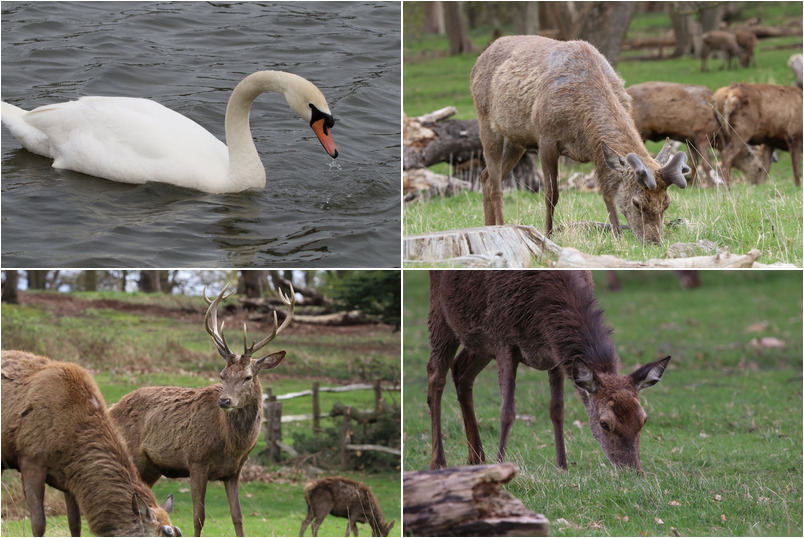
Biscotta & Spelacchio

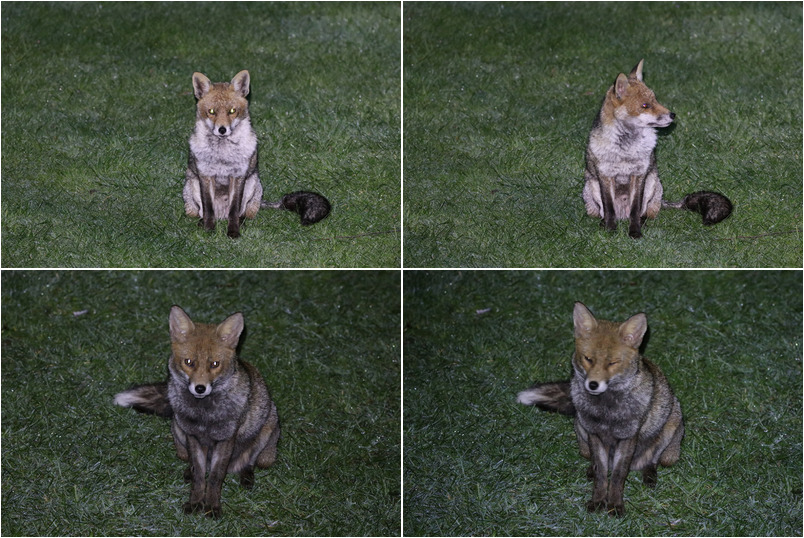
Spelacchio and the snow

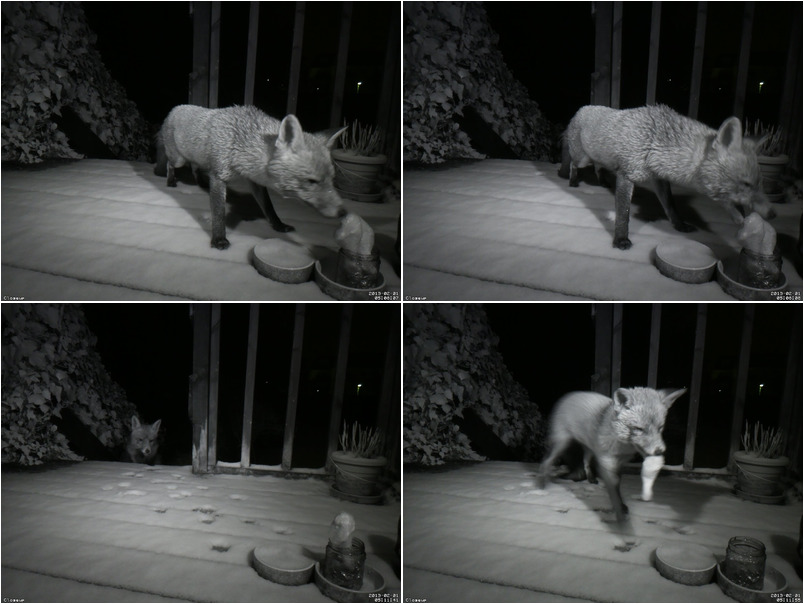
Odin, the red fox

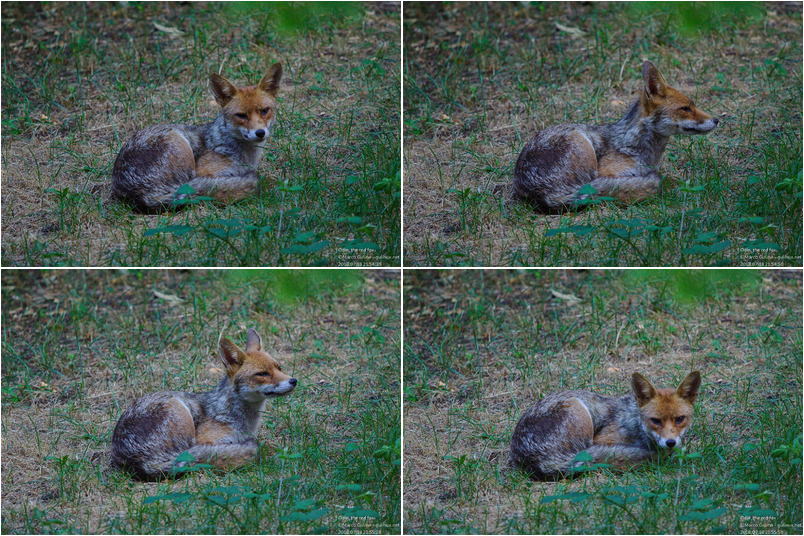

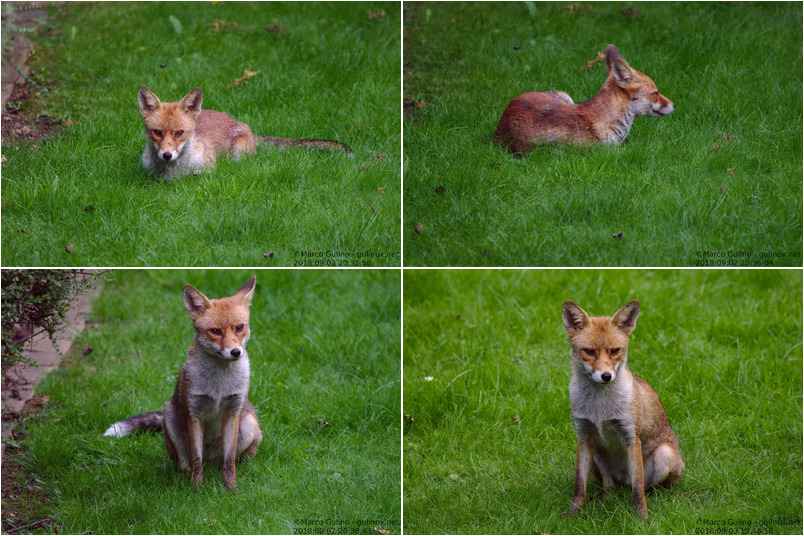

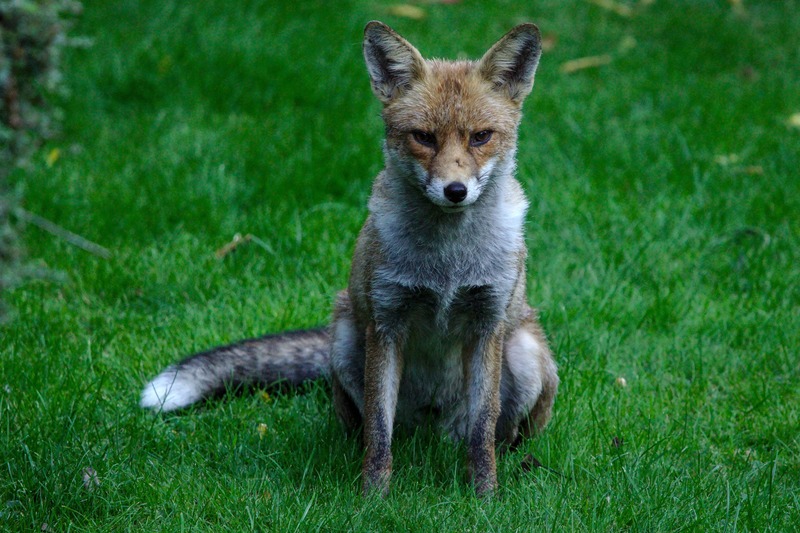
Richmond Park, September 2018

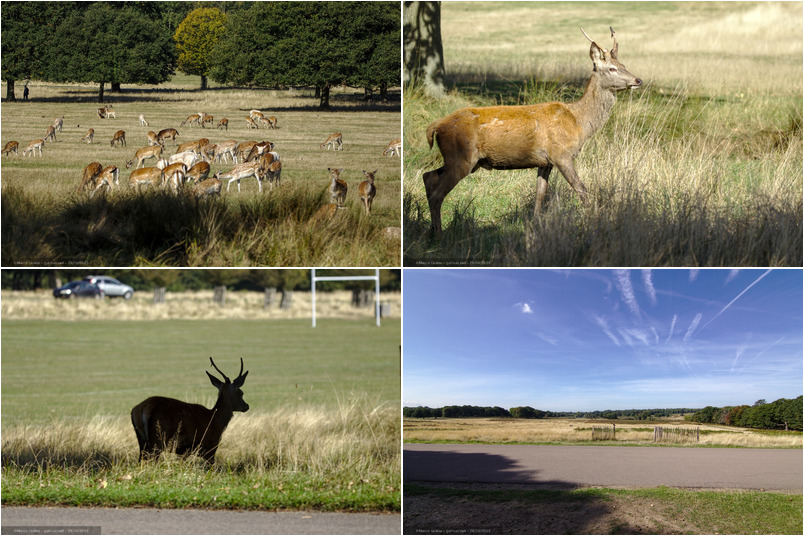
Bibury, August 2018

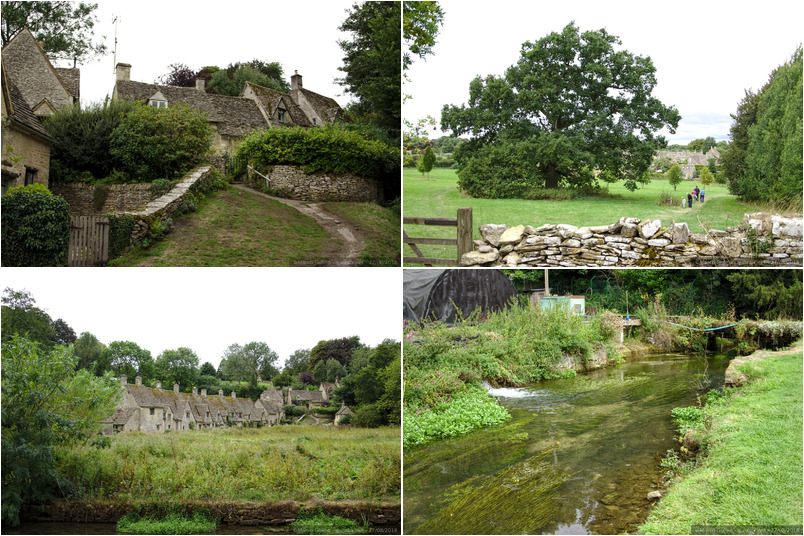
Selinunte, June 2018

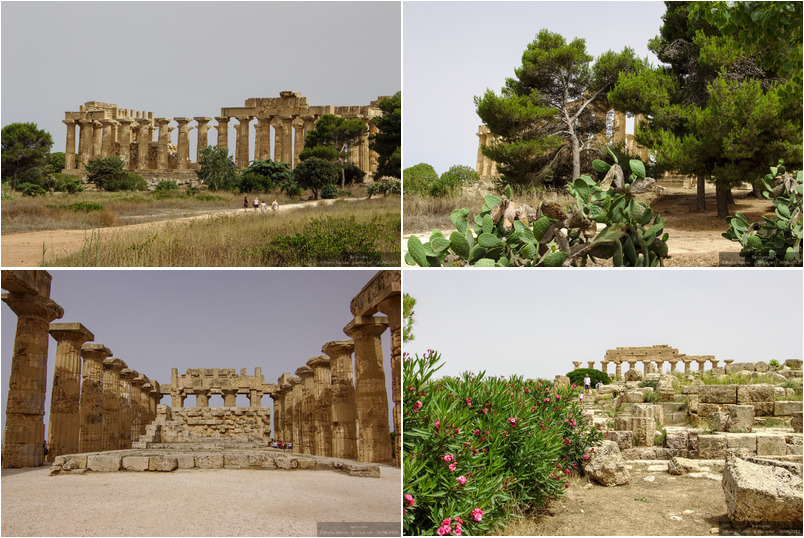
British Wildlife Centre, January 2018

